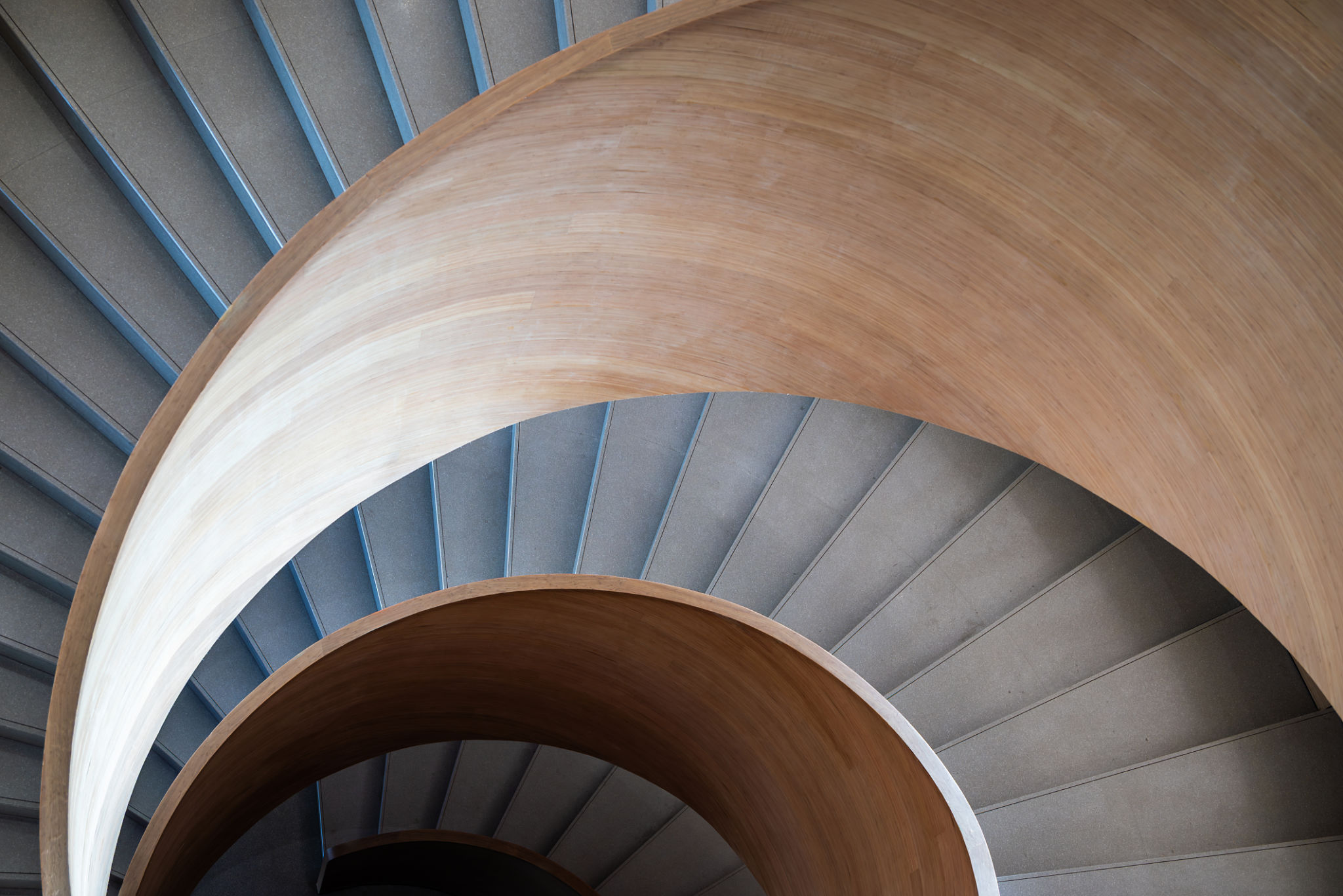3D Artwork Applications in Various Industries
Introduction to 3D Artwork
The world of 3D artwork has expanded far beyond the realms of entertainment and gaming, finding applications in a variety of industries. With advancements in technology, 3D artwork has become an essential tool for businesses looking to innovate and enhance their offerings. This blog post will explore the diverse applications of 3D artwork across different sectors, shedding light on its growing significance.
Entertainment and Gaming
One of the most well-known applications of 3D artwork is in the entertainment and gaming industry. From creating lifelike characters to developing immersive environments, 3D artists have revolutionized the way stories are told. The realism achieved through 3D modeling and rendering techniques has elevated user experiences, making games and movies more engaging than ever before.

Film Production
In film production, 3D artwork plays a crucial role in special effects and animation. Directors and producers leverage 3D technology to create stunning visuals that were once considered impossible. This application not only enhances storytelling but also significantly reduces production costs by minimizing the need for physical sets and props.
Architecture and Interior Design
The architecture and interior design industries have greatly benefited from the integration of 3D artwork. Architects use 3D modeling to create accurate representations of their designs, allowing clients to visualize projects before construction begins. This capability aids in decision-making and reduces potential errors during the building process.
Virtual Reality Tours
With the advent of virtual reality (VR), 3D artwork has taken architectural visualization to new heights. VR tours allow potential buyers or investors to explore properties interactively, providing a realistic sense of space and design. This innovation is transforming how real estate is marketed and sold.

Healthcare Sector
In the healthcare sector, 3D artwork is making significant strides in medical imaging and educational tools. Surgeons use 3D models to plan complex surgeries, enhancing precision and outcomes. Medical students benefit from 3D simulations that offer hands-on experience without the risk associated with real-life practice.
Prosthetics and Implants
The development of custom prosthetics and implants has been revolutionized by 3D printing technology. Using precise 3D models, medical professionals can create tailored solutions that improve patient comfort and functionality, marking a new era in personalized healthcare.

Manufacturing and Product Design
Manufacturers are increasingly adopting 3D artwork for product design and prototyping. By creating detailed 3D models, companies can test products thoroughly before mass production, saving time and resources. This process allows for rapid iterations and improvements, leading to better quality products.
Automotive Industry
In the automotive industry, 3D artwork is used for designing vehicle components and testing their performance in virtual environments. This technology accelerates development cycles and enables automakers to bring innovative solutions to market more efficiently.
Conclusion
The applications of 3D artwork across various industries highlight its versatility and transformative potential. As technology continues to advance, the scope of 3D artwork will undoubtedly expand, offering new opportunities for innovation and creativity. Businesses that embrace this technology stand to gain a competitive edge by enhancing their products, services, and customer experiences.

